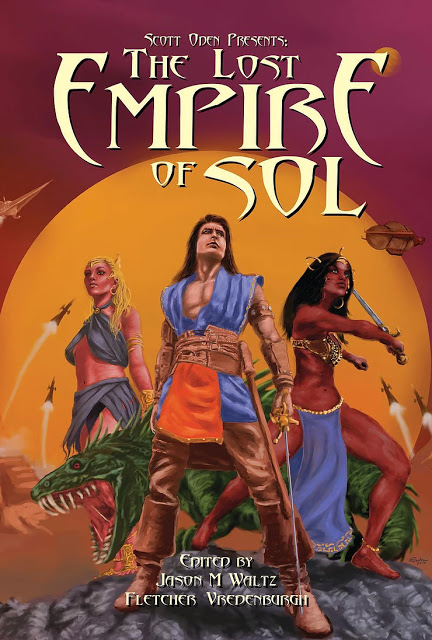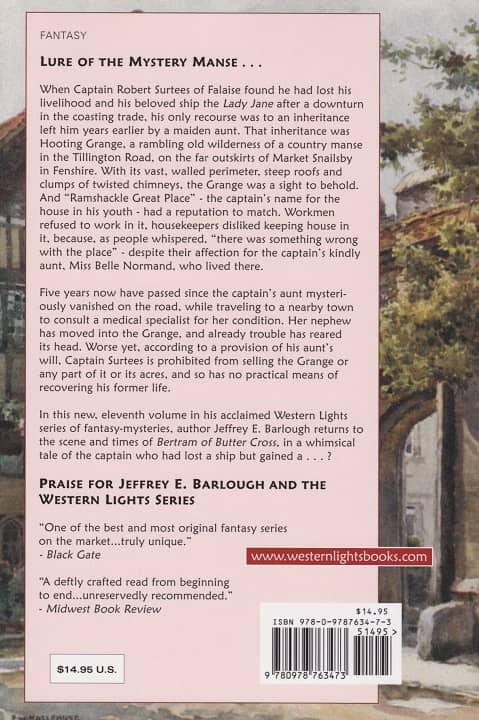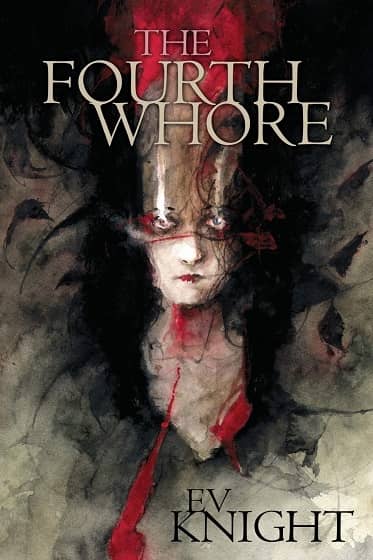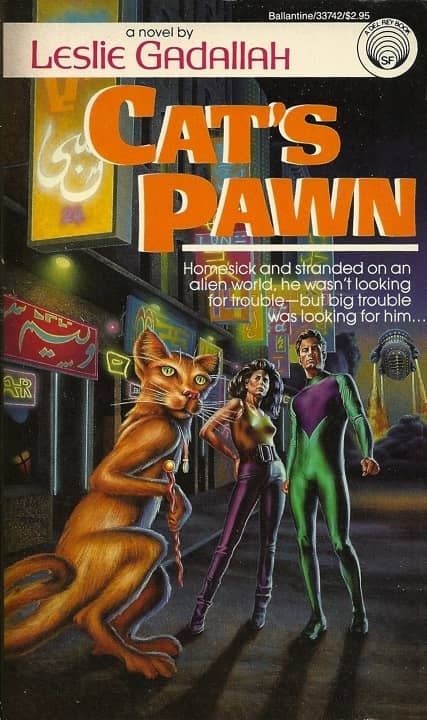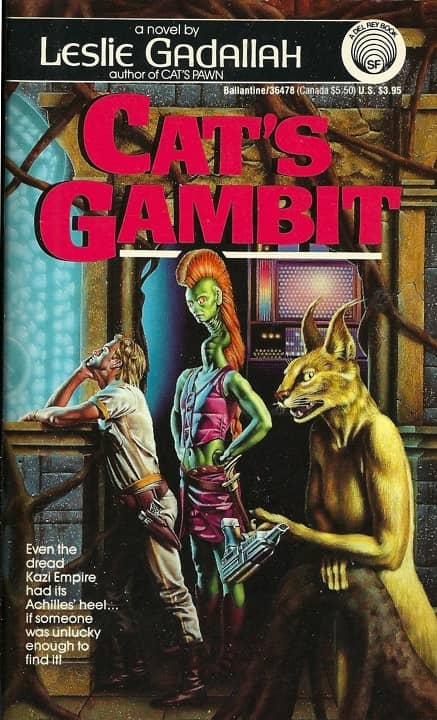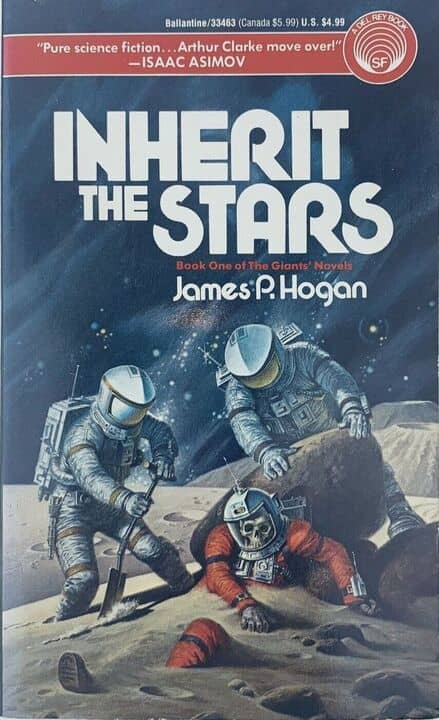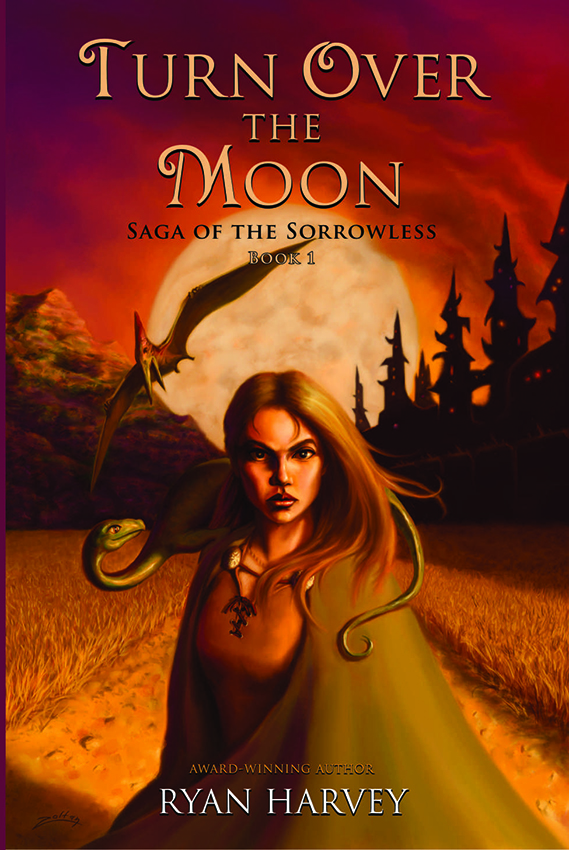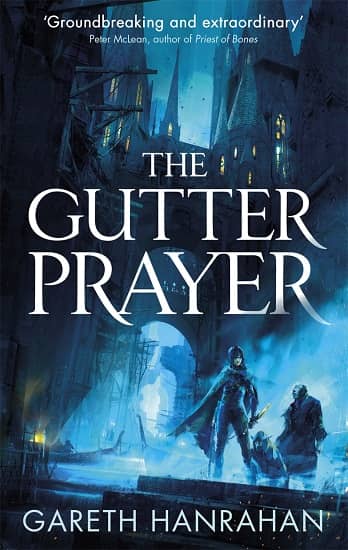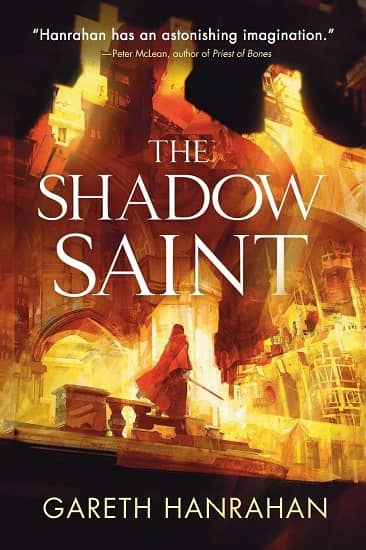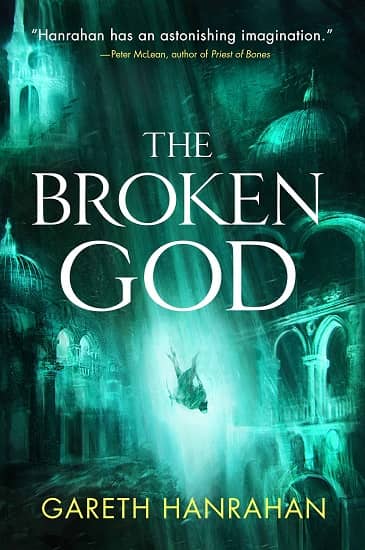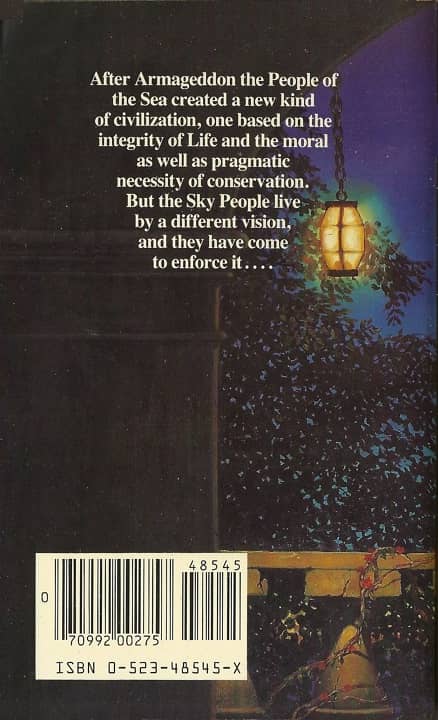Sword & Planet is Back! Scott Oden Presents: The Lost Empire of Sol, edited by Jason M Waltz and Fletcher Vredenburgh
This reviews Scott Oden Presents: The Lost Empire of Sol brought to you by the Rogue Blades Foundation. This is a fine collection that certainly achieved its mission of inserting a jolt into Sword & Planet offerings. With its interesting premise and cast of authors, The Lost Empire of Sol is destined to become a historic Sword & Planet anthology.
It is edited by two who are well known to the Black Gate community. Firstly, Jason M. Waltz, champion of Rogue Blades Entertainment and the Rogue Blades Foundation, is notorious for rounding up contemporary authors in themed anthologies (perhaps most well known for the 2008 Sword & Sorcery classic Return of the Sword …. and most currently known for Robert E. Howard Changed My Life releasing ~now (appropriately on June 11th, REH’s anniversary of passing). And we also have Fletcher Vredenburgh, well known for his outstanding reviews, who provides the “Foreword”: he explains how discussions on Facebook with Scott Oden (adored author of historical fiction, Conan pastiche, and the Grimnir series) escalated into this collection. Also, to dimension the genre and set the stage for a revival is the esteemed John O’Neill (our esteemed chief editor of Black Gate Magazine) provides an introductory essay “Sword & Planet is the Genre We Need.”
…